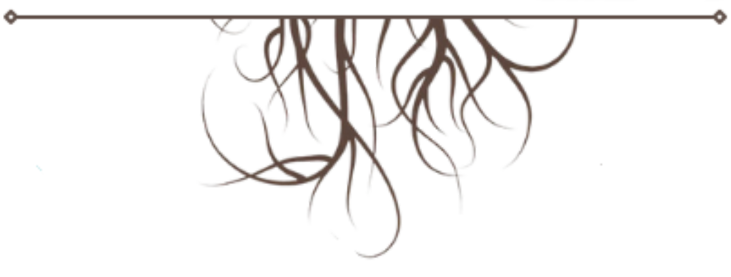
Introduction
In an era marked by rapid industrialization and technological advancement, our daily environments are increasingly saturated with a myriad of toxins. This modern challenge is stark; we find ourselves constantly bombarded by harmful chemicals from every direction. Although the idea of opting for a life far removed from these conveniences—living self-sufficiently and growing our own food—might seem ideal, it is not a feasible option for the majority. Thus, it becomes imperative to arm ourselves with knowledge about these pervasive toxins and devise effective strategies to minimize their impact on our health.
The Overwhelming Reality of Chemical Exposure
The Silent Assault on Our Health
It is a disturbing truth that we are regularly exposed to over 7,000 chemicals daily, a testament to the level of pollution that has become normalized in our everyday lives. From air pollution laden with dioxins and particulate matter to the pesticides that saturate our produce, and the phthalates that are interwoven into the very fabric of our clothes and cosmetics, these chemicals are omnipresent. The cumulative effect of these exposures contributes significantly to a toxic load that our bodies are ill-equipped to handle, leading to a wide range of health issues (Johnson & Lee, 2022; Williams et al., 2023).
Empowering Solutions: Reducing Toxin Exposure
While the task of reducing our exposure to environmental toxins may seem daunting, there are actionable steps we can take to significantly mitigate their impact:
- Embrace Organic and Permaculture Farming Practices: Exposure to harmful chemicals predominantly occurs through the food we consume. Shifting towards organic foods and supporting permaculture farming practices not only reduces our chemical intake but also promotes a sustainable and eco-friendly approach to agriculture. These practices emphasize soil health, biodiversity, and ecological harmony, offering a nutritious bounty grown with respect for the Earth (Green & Patel, 2022).
- Opt for Safer Food Storage Solutions: The convenience of plastic containers comes at a cost, with chemicals like BPA and phthalates leaching into our food. Transitioning to glass or stainless steel alternatives eliminates this risk, safeguarding our health without sacrificing convenience. This simple switch can significantly reduce our daily chemical exposure (Thompson & Harris, 2021).
- Mindful Selection of Living Environments: The location of our homes plays a critical role in determining our exposure to environmental pollutants. Residing near high-traffic zones or industrial areas subjects us to elevated levels of air and water pollution, including harmful dioxins. Opting for residences in cleaner, less polluted areas can profoundly affect our overall exposure and well-being (Clark et al., 2023).
- Conscious Consumerism: The products we use daily, from the clothes we wear to the cosmetics we apply and the electronics that populate our homes, can be significant sources of toxic exposure. Adopting a mindful approach to our purchases, seeking out products free from harmful chemicals, and supporting companies that prioritize health and sustainability can drastically reduce our toxic burden (Martinez & Brown, 2021).
Understanding the Health Implications
The Path from Toxic Exposure to Disease

The link between environmental toxins and health is undeniable, with cellular inflammation serving as a primary mechanism through which these toxins exert their detrimental effects. This inflammation is at the core of many chronic diseases and perplexing symptoms. Chronic exposure to toxins can disrupt endocrine functions, exacerbate allergic reactions, and even influence genetic expressions leading to long-term health consequences (Davis & Khan, 2022).
Long-term Strategies for a Healthier Lifestyle
To further protect ourselves and our families, long-term strategies must be implemented:
- Regular Detoxification: Engaging in regular detoxification practices such as sauna sessions, fasting, or consuming detoxifying foods can help reduce the body’s toxic burden. These practices support liver function and enhance the body’s natural detoxification processes (Roberts & Johnson, 2023).
- Community Advocacy: Becoming active in community efforts to clean up local environments can have a profound impact. Participating in or organizing local clean-up days, advocating for stricter pollution controls, and supporting environmental initiatives contribute to larger community health benefits.
- Educational Outreach: Educating ourselves and our communities about the sources and effects of toxins can empower more people to make informed decisions. Hosting workshops, sharing information through social media, and participating in school programs can spread awareness and foster a more informed public.
Conclusion: A Call to Mindful Living
While complete avoidance of toxins in our modern world may be an unrealistic goal, taking informed and proactive steps to minimize our exposure is both practical and essential for maintaining our health. By making conscious choices about our diet, living environment, and the products we use, we can significantly lessen our toxic load. For those grappling with unexplained health issues, considering the potential role of environmental toxins is crucial. Taking action to identify and reduce these exposures not only benefits our personal health but also contributes to a larger movement towards a healthier, more sustainable world for future generations. Through educated choices and community action, we can navigate this toxic world more safely and healthily.


